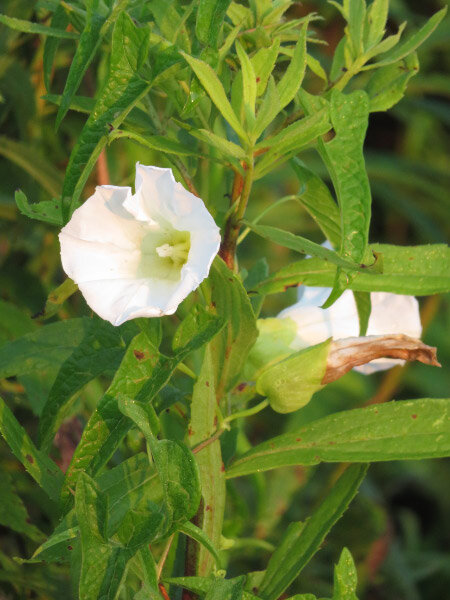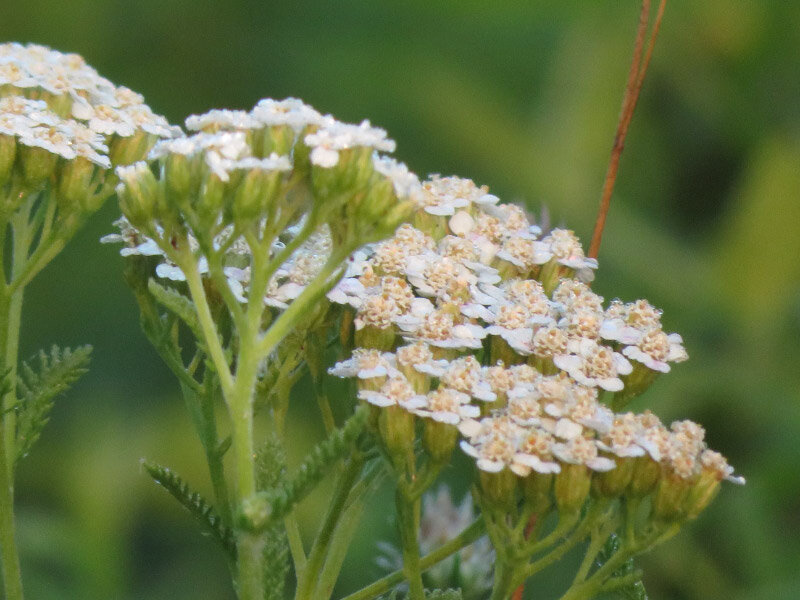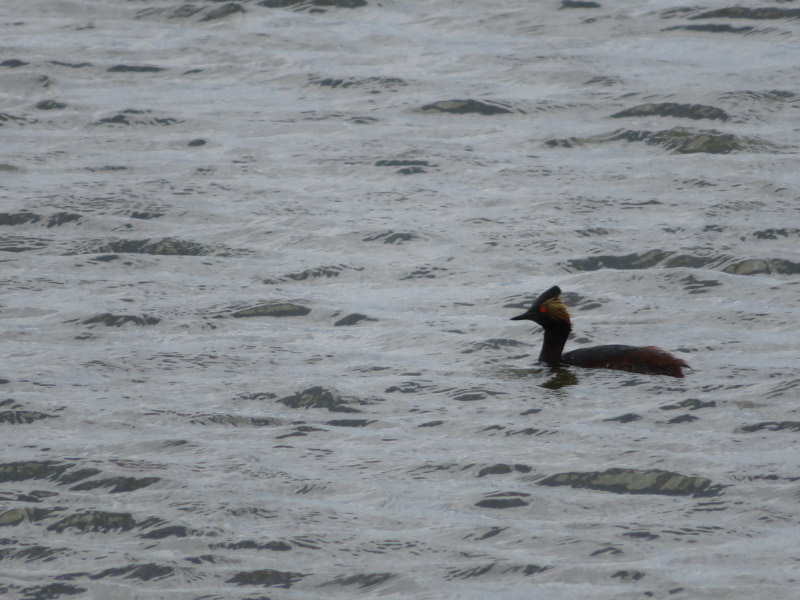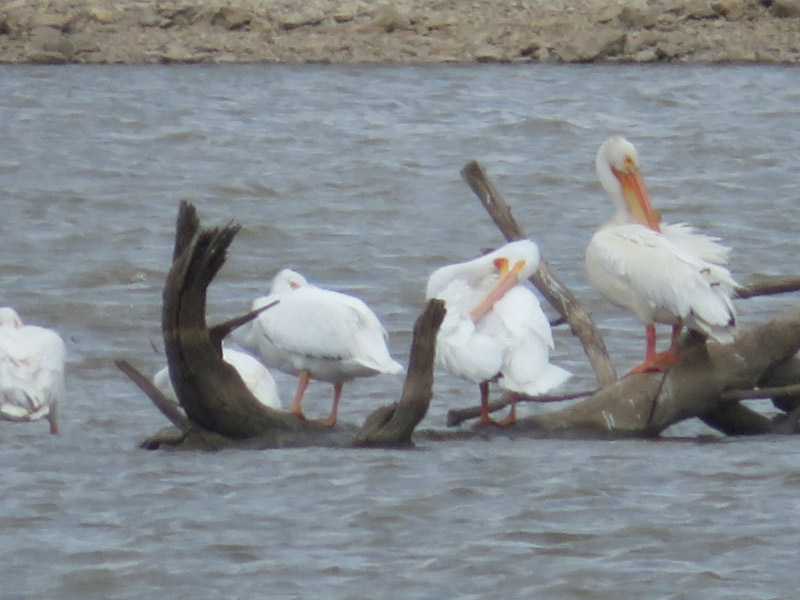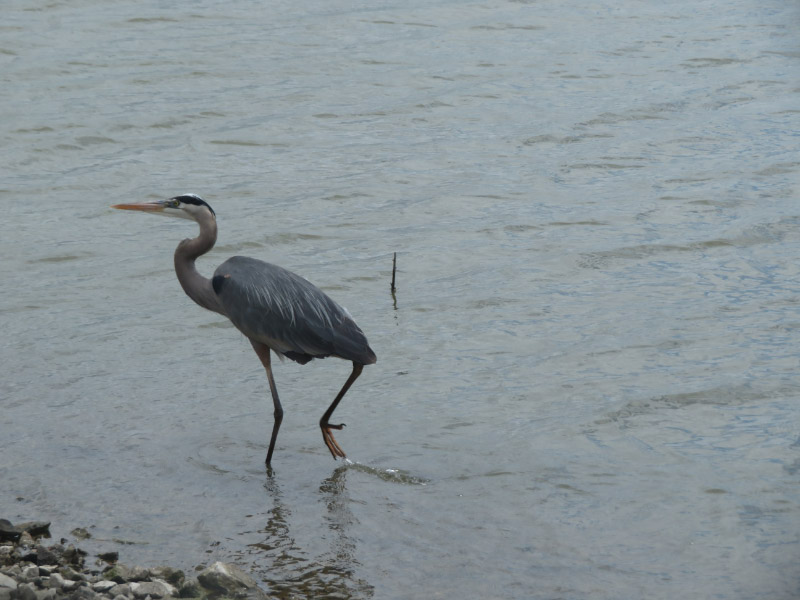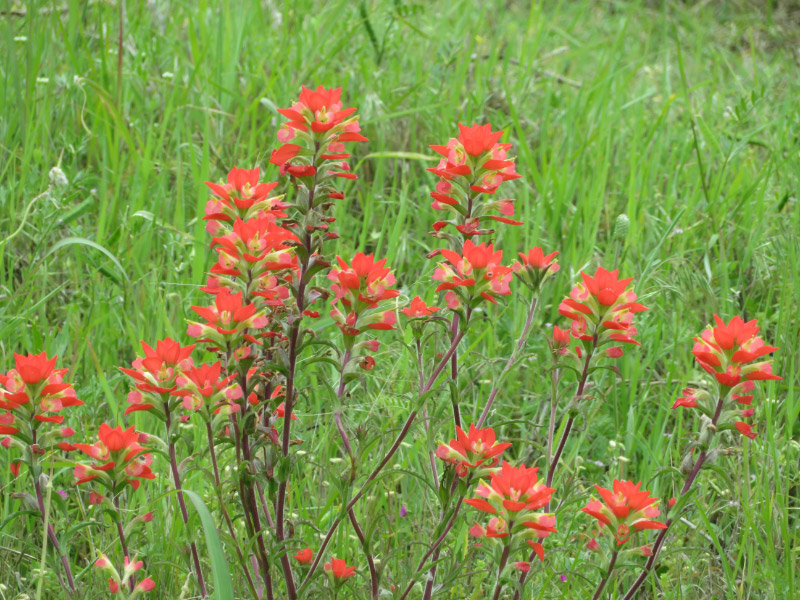Identifying Woody Plants – Month 3
/The Identifying Woody Plants field class I am taking at Missouri State University is winding down. The field trips are done, and we’ve had a class looking at twigs and fruit in the lab. The fruit is not too hard…but twigs are a challenge. I did some photographs of fruit.
Hickory nuts/husks, pods (trumpet creeper, catalpa, honey locust)
Colorful bittersweet (I hope the native), acorns, chestnut burs, magnolia (the grouping looked very artsy to me), rose hips, tree of heaven winged seeds, pods of Rose of Sharon.
The ginkgo outside the building our classroom is in finally turned yellow. There were others on campus that had already turned yellow and dropped their leaves. This one was delayed.
In another class, we looked at pressed specimens from prior classes (some of them more than 10 years old) with the assignment to be able to ID them in the next class! I realized how much I look at many aspects of the tree and only having the small part that can fit on a page is sometimes very challenging. The Nyssa sylvatica specimen has no fruit – just leaves and twig.
There is one more class after Thanksgiving that includes the mounting of our own pressed specimens. Then I will be done since I am auditing the class and can forego the final!
Previous posts about Identifying Woody Plants field class













































